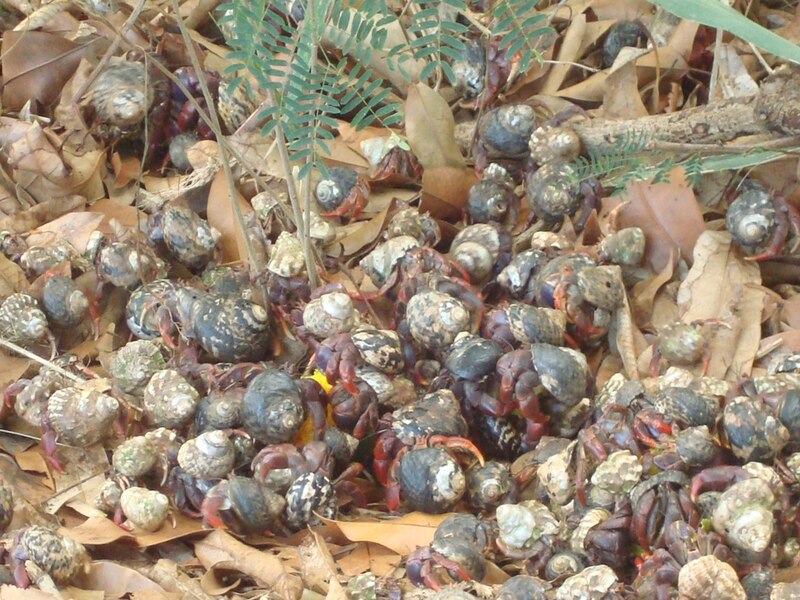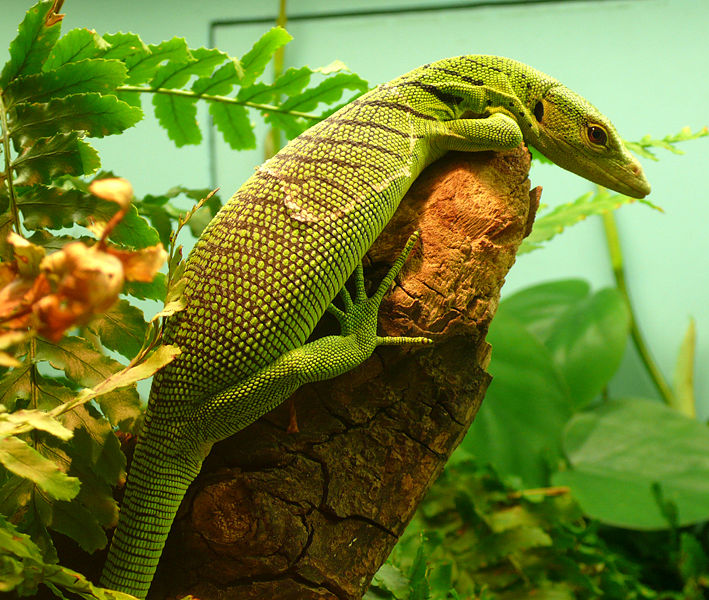Researchers at Tuft’s University and the New England Aquarium have uncovered an amazing example of social behavior among the common pet trade Terrestrial or Land Hermit Crab (Coenobita clypeatus).
Crab Real Estate Markets

Deprived of shells, the crabs will try anything – one researcher described as “pathetic” their attempts to shelter within bottle caps and pen tops! Read More »
 That Reptile Blog – Reptile, Amphibian and Exotic Pet Care and Information
That Reptile Blog – Reptile, Amphibian and Exotic Pet Care and Information



